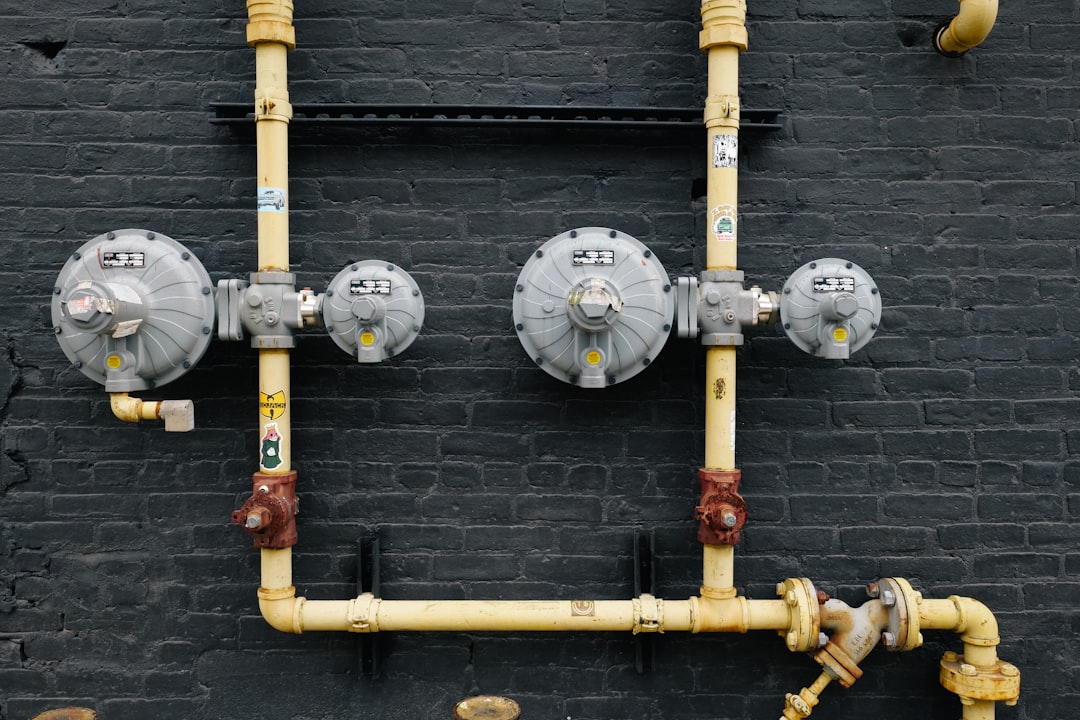
In the construction industry, accurately estimating the cost of installing a gas range is crucial for maintaining project budgets. The average cost for a gas range installation in Los Angeles ranges from $750 to $1,650, with more complex installations exceeding $2,500. Key cost factors include appliance specifications, gas line requirements, ventilation needs, and permitting fees.
For construction professionals, understanding the cost drivers is essential. A standard installation typically costs between $750 and $1,650, while high-end or complex projects can exceed $2,500. Factors influencing costs include appliance specifications, gas line scope, ventilation requirements, and municipal permitting.
Stay updated with real-time material costs to ensure accurate estimates.
Running a new ½-inch black iron or CSST line averages $22-$35 per linear foot. Distance from the meter affects the total cost. Ensure proper line sizing to avoid costly adjustments.
Modern gas ranges require a dedicated 120-volt outlet, costing $140-$350 to install or relocate. Vent hood installation ranges from $300-$900.
Permits are mandatory for new gas lines, with fees averaging $125, plus $80-$150 for inspection. Accurate fee schedules prevent unexpected costs.
Existing infrastructure: Homes with existing gas lines save on installation costs.
Kitchen layout: Moving the range can increase costs due to additional construction work.
Local codes: Compliance with local regulations, such as seismic shut-off valves, is essential.
Utilize voice-driven estimates for quick and accurate cost assessments. This technology populates labor rates, gas fittings, and permit fees instantly.
Upload kitchen plans to identify gas appliance symbols and measure line runs, providing a quantified material list.
Real-time recalculations for change orders ensure budget control and prevent manual errors.
Staged payments tied to project milestones streamline cash flow and accounting processes.
For precise gas range installation costs, leverage CountBricks' advanced estimating tools. Visit CountBricks.com for more information.

A Los Angeles contractor used CountBricks to cut 18% from a kitchen remodel budget. By leveraging real-time data and voice-driven estimates, the project achieved significant savings.
Upload your plans at CountBricks.com or schedule a demo to explore our estimating tools.